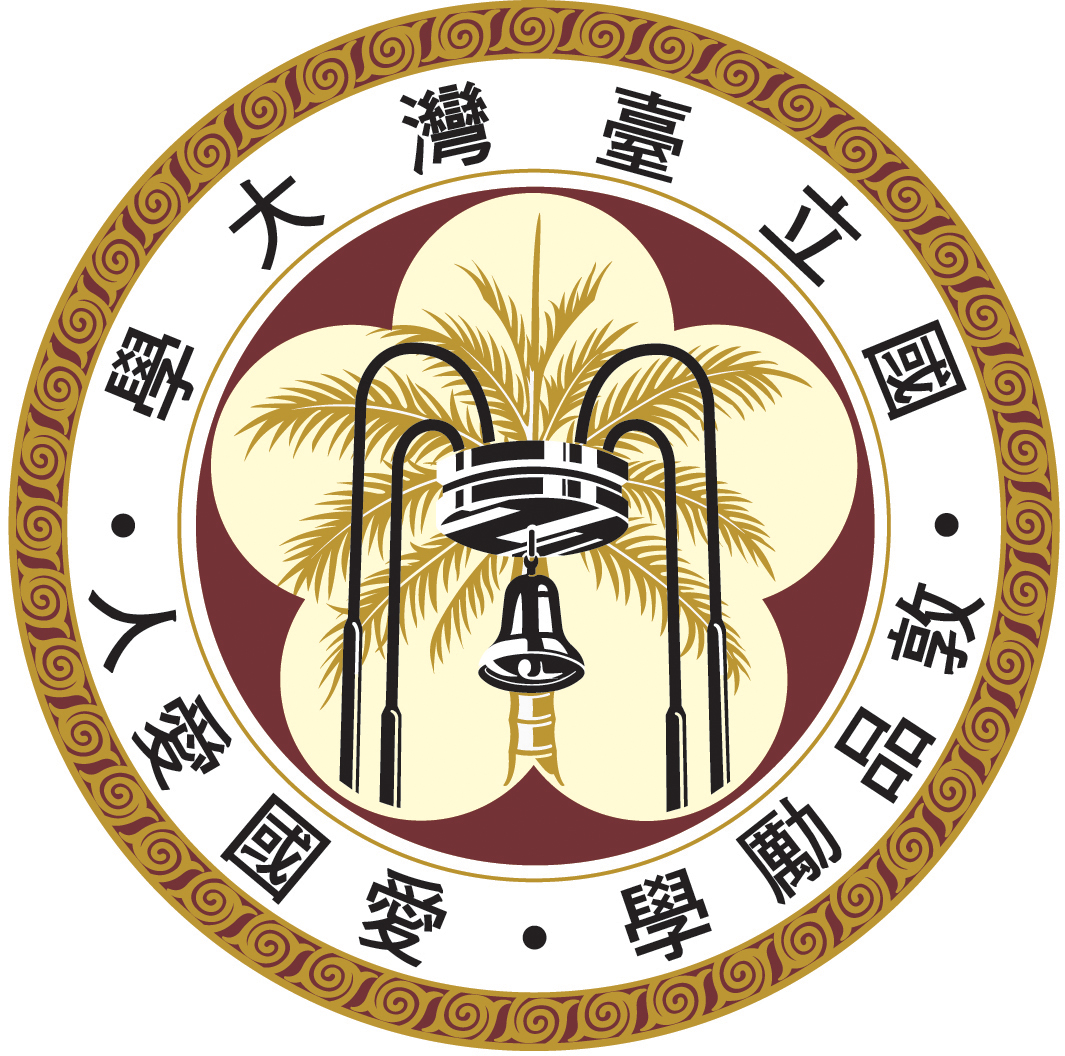Tsung-Shing Wang's Lab: Organic Chemistry & Chemical Biology
Research Field
- Postdoctoral Fellow, 2011-2013, the Scripps Research Institute.
- Assistant Professor, 2013-2018, Department of Chemistry, National Taiwan University.
- Associate Professor, 2018-present, Department of Chemistry, National Taiwan University.
In the early stage of my independent career, I dedicated myself into the fields of bacterial virulence factors, host-pathogeninteractions and microbiota using multidisciplinary approaches, including but not limited in organic synthesis, chemical biology,biochemistry and microbiology. My research group aims to develop new antibiotics and antibacterial agents for diagnostic or therapeuticapplications. The research objectives achieved were: (1) development of novel synthetic approaches to construct siderophore-analogues;(2) selectively targeting and detecting bacteria using siderophore-conjugates; and (3) developing new antibacterial agents anddesigning new functional reagents and probes.
Moreover, I was interested in designing new functional reagents and probes to study biological problems. Our recent advances inprogress included: (1) developing selective chemical labeling methods and building blocks to study secondary metabolites produced bycomplex biological systems; (2) developing double photocage strategies to construct light-controllable and spatiotemporally trackableenzymatic activity-based probes and a real-time traceable tubulin-targeting small-molecule toolkit; and (3) developing a versatilestrategy to manipulate and probe native proteins in cellulo utilizing two-step ligand directing functionalization.
In addition, I also focused on new chemistry to transform current therapeutic molecules into prodrugs and multifunctional conjugates, including (1) design of novel targeted covalent inhibitors caged with controllable capping triggers for biological and medical applications; and (2) development of aqueous compatible conjugation reactions and their applications in targeted covalent inhibitors, proteolysis targeting chimeras and metabolomic probes.
We are a group of people bond together by the enthusiam in Organic Chemistry, Biochemistry & Chemical Biology. Our lab is alsointerested to integrate several interdisciplinary techniques to design multi-functional probes, which can be modified and then applied tovarious biological fields. These researches are supported by National Science and Technology Council (formerly Ministry of Science andTechnology) and National Taiwan University.
We have developed selective chemical labeling methods and building blocks to study secondary metabolites produced by complexbiological systems. Secondary metabolites are structurally diverse natural products (NPs) and have been widely used for medicalapplications. Developing new tools to enrich NPs can be a promising solution to isolate novel NPs from the native and complex samples.
Here, we developed native and deuterated chemoselective labeling probes to target phenol-containing glycopeptides by the ene-type labeling used in proteomic research. The clickable azido-linker was included for further biotin functionalization to facilitate theenrichment of labeled substrates. Afterward, our chemoselective method, in conjunction with LC-MS and MSn analysis, was demonstratedin bacterial cultures. A vancomycinrelated phenol-containing glycopeptide was labeled and characterized by our labeling strategy,showing its potential in glycopeptide discovery in complex environments.
We also have developed double photocage strategies to construct light-controllable and spatiotemporally trackable enzymaticactivity-based probes. Intercellular heterogeneity is widely found under both normal physiological and abnormal disease-causingconditions. To decipher the cause and the effect of the heterogeneity, several attempts to couple spatiotemporal information to cell statesin a microenvironment were made. In addition, utilizing multiple cages to selectively modulate the activity of biomolecules isindispensable to achieve controllable and trackable activity manipulation. However, trackable cages which could be used to monitor theactivation of biomolecules are rare. Herein, we utilized a double photocage strategy to achieve light-controllable and spatiotemporallytrackable activation. In addition, we also provide a platform to spatiotemporally analyze differential protein expressions in neighboringcells by multiple photocaged probes coupled with homemade photomasks. Our design concepts can be turned into a real-timetraceable tubulin-targeting small-molecule toolkit.
We have developed a versatile strategy to manipulate and probe native proteins in cellulo utilizing two-step ligand directingfunctionalization. Elucidating the biological logistics and functional interplay of proteins in their natural context has long been a greatchallenge in biological research. Chemical modification of proteins allows understanding of their roles and their interactions. Overdecades, numerous strategies have been developed to modify target proteins with desired probes in test tubes and even biologicalsystems. Nevertheless, these approaches require the design and synthesis of different probes for different applications, even for the sametarget protein, which is very time- and labor-consuming. Herein, we developed a general two-step protein functionalization strategy thatutilizes ligand-directed chemistry to modify a clickable tag on the intact protein in the first step. Then, the desired functional moiety can beconjugated onto the target protein via a simple bioorthogonal click reaction in the second step, thus achieving probing and activityregulation of the target protein. In this work, carbonic anhydrase (CA) was chosen as our model protein for functionalization. Wesuccessfully labeled endogenous CAs with fluorophores to allow cellular imaging. In addition, a photoswitchable ligand was conjugated toCAs such that its activity could be manipulated in a light-responsive manner.
As proof-of-concept was demonstrated in the following publications, our long-term goal is to cooperate with many biologists andprepared tailor-made multi-functional probes with our design. More applications are still in progress.
- Organic Synthesis, Chemical Biology, Biochemistry and Microbiology
- Development of New Diagnostic and Therapeutic Agents, Drugs and Inhibitors
- Development of New Multi-functional Biological Agents and Materials
- Study and Applications of Natural Products and Secondary Metabolites
- Proteomic and Imaging Tools to Study Microbiome and Intercellular Heterogeneity
- Excellent Teaching Award, 2016, 2017, 2020; National Taiwan University.
- 2018 Asian Core Program Lectureship Award (Japan).
- 2018 Asian Core Program Lectureship Award (Hong Kong).
- Outstanding Teaching Award, 2022; National Taiwan University.
- B.S., 2001, Department of Chemistry, National Taiwan University.
- M.S., 2006, Department of Chemistry and Chemical Biology, Harvard University.
- Ph.D., 2011, Department of Chemistry and Chemical Biology, Harvard University.
